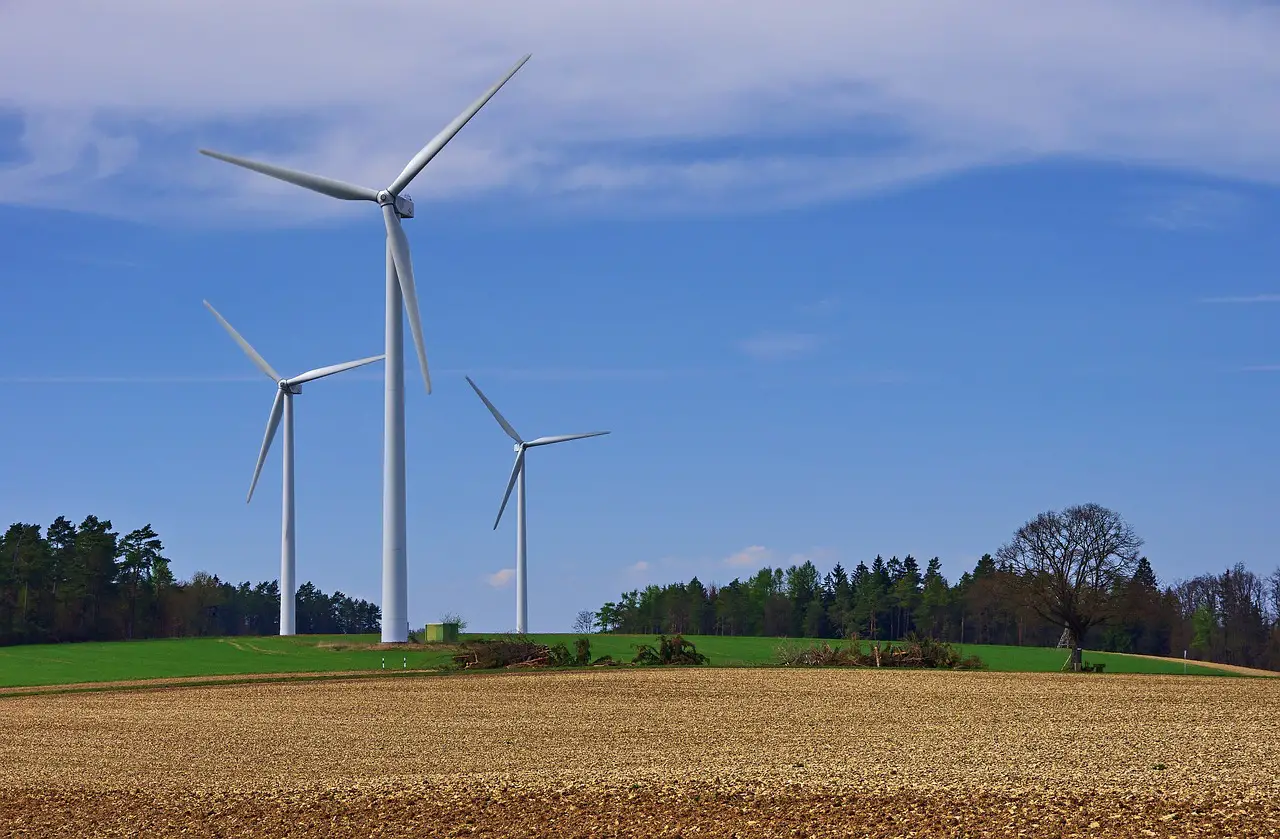Which is a sustainable practice?
a) Operating wind farms
b) Clear cutting
c) Flood irrigation
d) Overfishing
When it comes to sustainability, not all practices are created equal.
Option A: Operating Wind Farms — A Breath of Fresh Air
Operating wind farms is a beacon of sustainability. Here’s why it’s a winner:
- Renewable Energy: Wind is abundant and everlasting. Wind farms harness this inexhaustible energy to generate electricity, sidestepping the pitfall of finite resources.
- Minimal Carbon Footprint: Beyond the initial setup, wind turbines spin a tale of zero emissions—no greenhouse gases, just clean energy.
- Energy Independence: This homegrown power source buffers nations against the whims of global fuel markets.
- Cost Efficiency: As the upfront cost of wind technology plummets, its economic edge sharpens, making it a financially savvy choice with a green bonus.
The Others: A Path of Resistance
While wind farms soar, other practices falter under scrutiny:
- Clear Cutting: This wholesale deforestation not only strips away trees but also the myriad of benefits they offer, from carbon sequestration to habitat provision.
- Flood Irrigation: A thirsty technique that often drinks more than its fair share of precious water resources, leading to waste and environmental strain.
- Overfishing: This practice nets a cascade of issues, from disrupting marine ecosystems to threatening the very stocks we rely on.
The Verdict: Harnessing the Wind
The contrast couldn’t be clearer. While clear cutting, flood irrigation, and overfishing chip away at our environmental health, operating wind farms stand as pillars of sustainability.
They promise a cleaner, greener, and more secure energy landscape. It’s not just about energy—it’s about shaping a sustainable legacy for generations to come.

